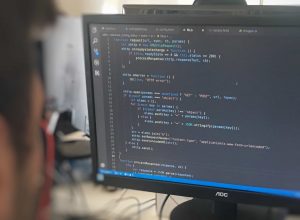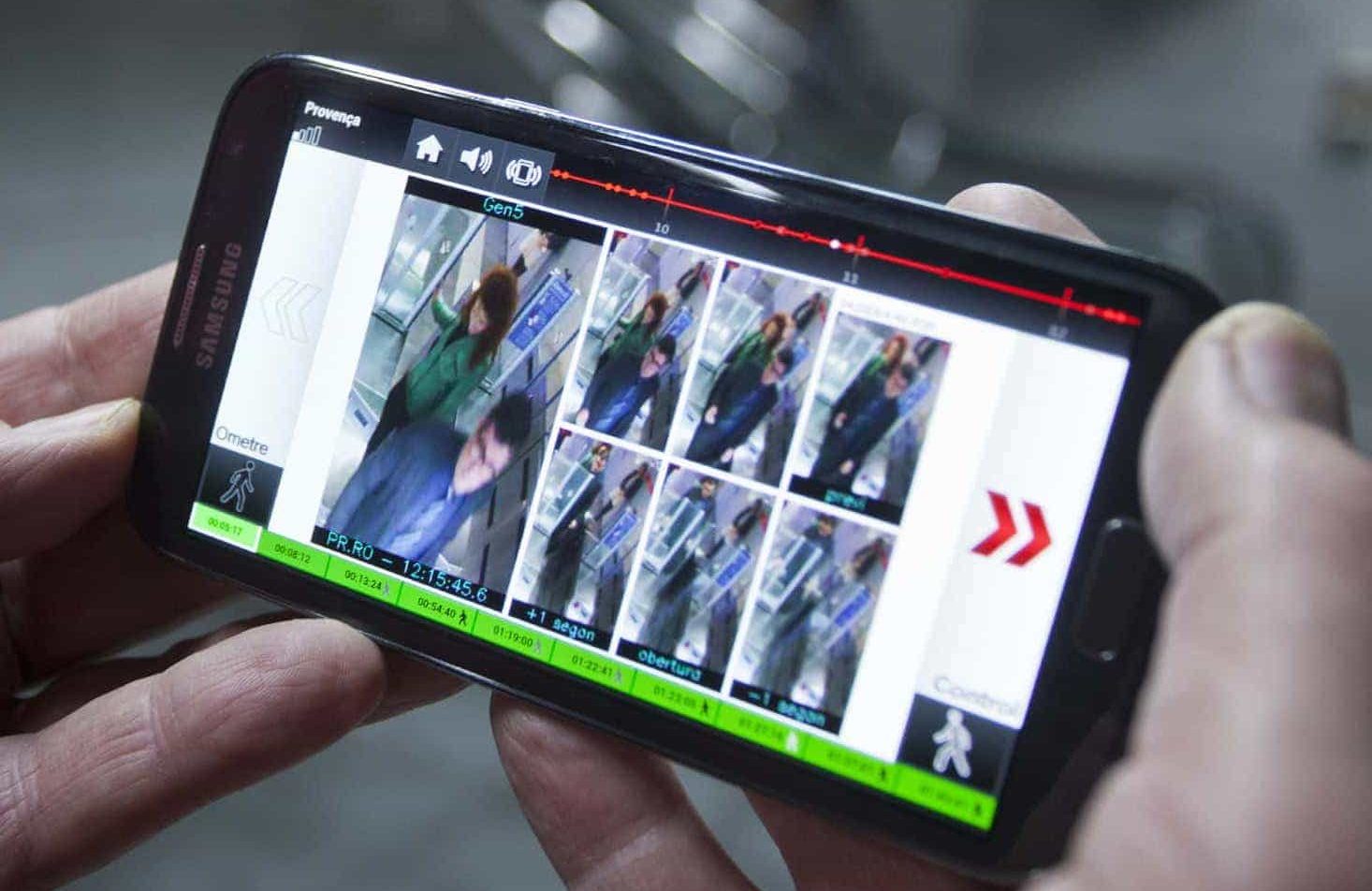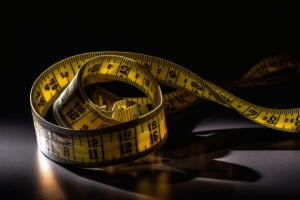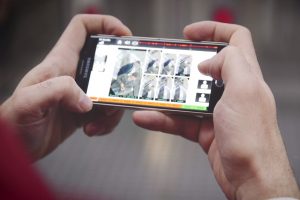What is real-time AI Video Analytics software?
Real-time AI Video Analytics is a software technology based on Artificial Intelligence that analyses video streams for detecting specific behaviors and events as they unfold.
This type of system works by examining video streams from surveillance cameras through an Artificial Intelligence-Machine Learning engine. The engine uses a series of algorithms and procedures to make sense of-, and transform the data into intelligible, meaningful information.
An AI Video Analytics system can be configured to trigger live alerts when detecting an incident, and to aggregate data over time for displaying it into historical charts, graphs, or heatmaps.
This technology has an advantage over the traditional video surveillance methods, which typically involve manual analysis of numerous video streams by human personnel.
An AI engine automatically examines the video streams in detail frame by frame, delivering constant, robust results 24/7. This technology can assist human personnel by filtering relevant incidents and sending alerts when it is necessary to take action.
How does real-time AI Video Analytics work?
When designing an AI Video Analytics system, engineers initially research and analyze the problem from multiple perspectives. This helps them understand the context of the issue, and evaluate which potential technological approaches will provide the best results.
Next, they continue with creating and testing the AI algorithms that will identify the desired objects and events within the video frames. This is the most challenging stage which involves mathematics, software knowledge, and trial and error.

Once a winning algorithmic solution is found, the engineers train the system to recognize and categorize objects by exposing it to large amounts of images. For instance, to train the system to recognize a cat, a large dataset of images with cats (and non-cats) are fed to the machine so that it can learn from as many examples as possible what a cat looks like.
As the training phase is complete, the system is ready to be deployed in real life. A key feature of an AI engine is that it will continue to learn by itself over time, adapting to data and changes that it receives from video streams. Engineers will also continue to watch the system’s performance and optimise when necessary.
Where to use real-time AI Video Analytics?
Real-time AI Video Analytics are useful for companies that need a reliable, cost- and time-efficient solution to safeguard safety and security on their premises, and to streamline specific operational processes.
This includes sectors such as public transport, office buildings, event venues, or industrial applications.
For example, the real-time fare evasion detector is a success case whereby AI helps to tackle the issue of fare evasion at access gates in public transport.
Another example, in the context of Covid-19, is face mask compliance monitoring in real-time. For public areas where authorities recommend or enforce the wearing of face masks, a system using AI can automate the task of monitoring. Security managers and agents receive alerts when the face mask wearing threshold is too low, and can intervene in real-time or use the data to plan awareness campaigns.
AI Video Analytics systems can be a powerful tool for organizations to maximize the value of their video surveillance networks. Using real-time alerts in combination with aggregated, historical data, organizations have the flexibility to intervene in real-time to events as they happen, and to plan long-term data-driven safety, security and operational strategies.



